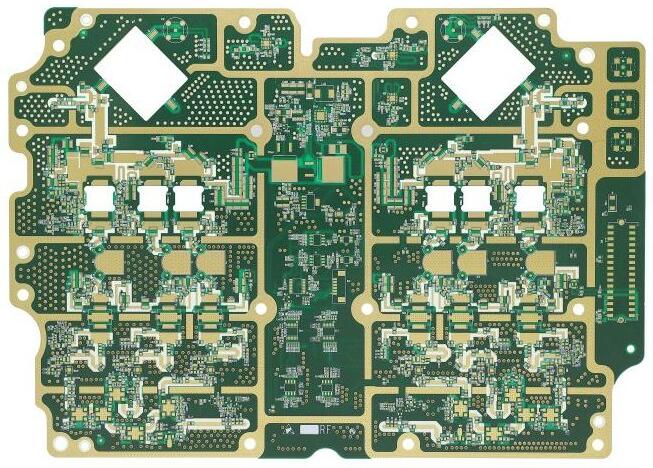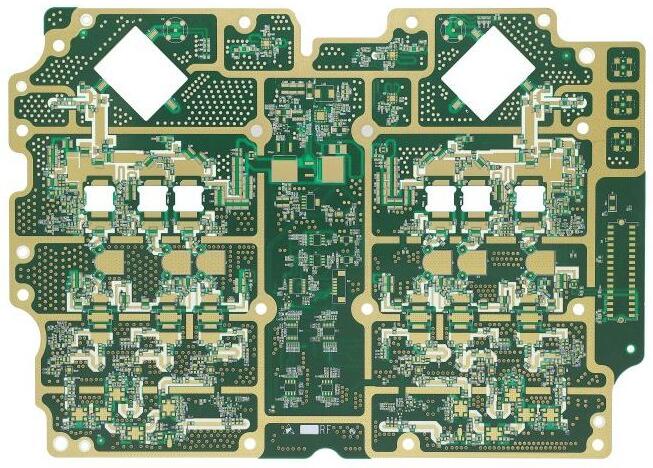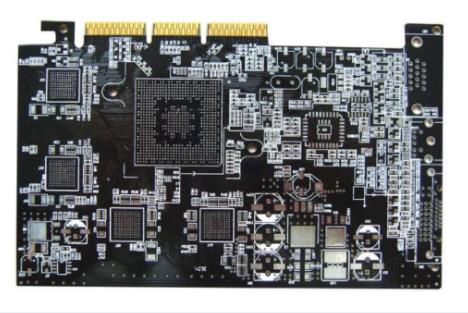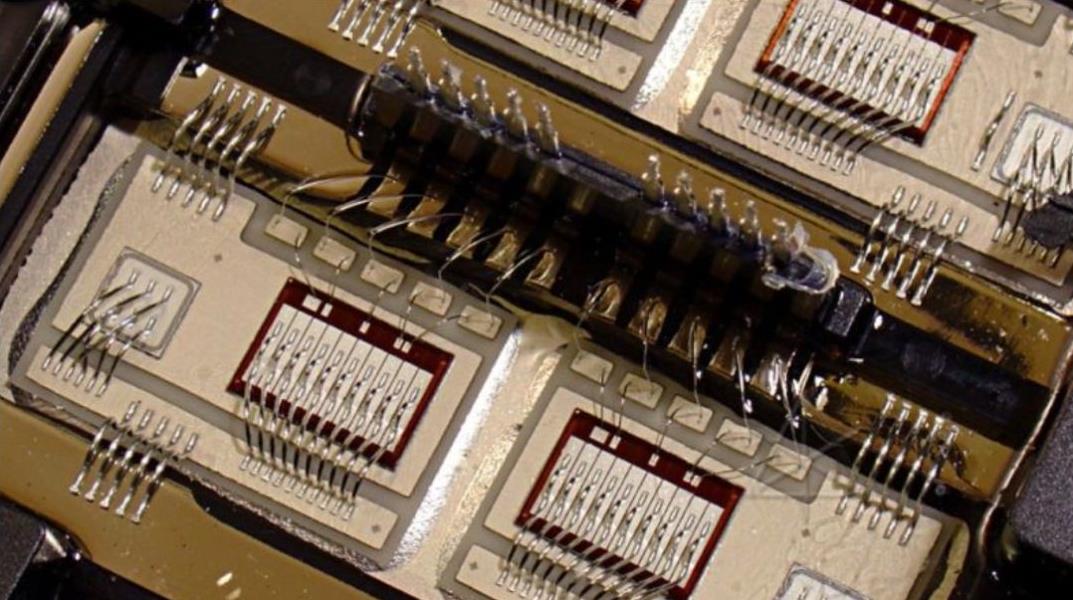
Basic Concepts of PCB Design
1. Concept of "layer"
Due to special requirements such as anti-interference and wiring, PCB boards used in some newer electronic products not only have upper and lower sides for wiring, but also have interlayer copper sheets that can be specially processed in the center of the board, such as the interlayer copper sheets used in current computer motherboards. Most printing plate materials exceed 4 layers. Because these layers are relatively difficult to handle, they are mainly used to establish power wiring layers with relatively simple tracks (such as Ground Developer and power Developer in the software), and are usually wired by filling large areas (such as external P1a11e and filling software). The surface layer of the upper and lower positions and the position connected by the intermediate layer communicate through the so-called "pipeline" mentioned in the software. Through the above explanation, it is not difficult to understand the related concepts of "multi-layer pad" and "wiring layer setting". To take a simple example, many people have completed wiring, but only when they find that many connection terminals do not have pads, in fact, they ignore the concept of "layer" when adding device libraries, and do not design and encapsulate their own device libraries. Pad properties are defined as "multi layer". Remember, once you have selected the number of layers of the printed board to be used, make sure to disable those unused layers to avoid problems and deviations.
PCB

2. Via hole
To connect the lines between layers, drill a common hole at the intersection of the wires that need to be connected to each layer, which is a through hole. In this process, a metal layer is plated on the cylindrical surface of the chemically deposited hole on the hole wall to connect the copper sheets that need to be connected between the intermediate layers, and the upper and lower sides of the pipe are converted into the shape of a common pad, which can be directly connected to the upper and lower side lines or not. In general, there are the following principles for handling vias in circuit design: (1) Use as few vias as possible. Once you select a vias, make sure to manage the space between them and the surrounding entities, especially the space between lines and holes that are easily ignored in the middle layer that is not connected to the vias. Select "on" in the Via Minimize submenu to automatically resolve. (2) The higher the current load capacity required, the larger the size of the hole required, such as the through hole used to connect the power layer and ground layer with other layers.
3. Screen printing layer (covering layer)
In order to facilitate the installation and maintenance of the circuit board, the required logo template and text code shall be printed on the upper and lower surfaces of the printed board, such as component label and nominal value, component contour shape, manufacturer's logo and production date. When designing the content of the screen layer, many beginners only pay attention to the neat and beautiful position of text symbols, while ignoring the impact of the actual PCB. In the printing card designed by them, characters are covered by parts or intrude into the welding area and smeared on the credit card. Some characters mark part numbers on adjacent parts. This different design will bring great benefits for assembly and maintenance. The uncomfortable principle of correct screen layer font layout is: "There is no ambiguity, and the seams and insertion pins should be beautiful and generous".
4. Features of SMD
Protel packaging library has a large number of SMD packages, that is, surface mount devices. In addition to its small size, this device is characterized by the unidirectional distribution of element pin holes. Recall that when selecting this type of equipment, it is necessary to define the surface of the equipment to avoid "signal loss". In addition, the relevant text notes of such components can only be placed along the surface of the component.
5. Grid type filled area (outer surface) and filled area
Like these two names, the grid filling area processes a large area of copper foil into a grid, while the filling area only retains the copper foil completely. In the design process of beginners, the difference between the two is usually invisible on the computer. This is because it is usually difficult to see the difference between the two, so you will not notice the difference when using. It should be emphasized that the former has a strong effect in suppressing medium and high frequency interference in circuit characteristics, and is particularly suitable for filling large areas, especially when some areas are used as masking areas, insulation areas or high current power lines. The latter is mainly used in places where small areas need to be filled, such as the end of general lines or turning areas.
6,Pad
Pad is a common and important concept in PCB design, but it is easy for beginners to ignore its selection and correction and use round pads in the design. The shape, size, layout, vibration and thermal conditions, stress direction and other factors of the component must be fully considered when selecting the sealing type of the component. Protel provides many pads of different sizes and shapes in the package software library, such as round, square, octagon, round and square pads, but sometimes this is not enough. You must edit them yourself. For example, pads with heat, high intensity, and high current can be designed as "drop by drop.". Many manufacturers use this shape when designing the pin pad of the output transformer for ordinary color PCB TV lines. In general, in addition to the above contents, the following principles should also be considered when editing the pad:
1) When the length of the shape is inconsistent, the difference between the width of the connection and the length of the specific side of the lining should not be too large;
2) When connecting component cables, it is usually necessary to use gaskets with asymmetric length;
3) The size of each part buffer hole must be changed and determined according to the thickness of the part pin. The principle is that the hole size is 0.2-0.4mm larger than the pin diameter.
7. Various films
These films are necessary not only in PCB production, but also in welding components. According to the position and function of "film", "film" can be divided into two parts: flow film (top or bottom) on the part surface (or welding surface) and flow film (top or bottom film) on the part surface (or welding surface). As the name implies, flow film is a film coated on the pad to improve the weldability, that is, the light colored round spots on the green edge are slightly larger than the pad. The opposite is true for welding masks. In order to make the printed circuit board manufactured suitable for wave soldering and other forms of soldering, the copper foil of the non bonding pad part of the printed circuit board shall not be attached to the tin. In addition to gaskets, a layer of paint shall be applied on all parts to avoid tin plating on these parts. You can see that the two membranes are complementary. From this discussion, it is not difficult to determine the menu item settings
8. Flight, flight has two meanings:
In the automatic routing process, use elastic network connections to observe. After loading the components through the network table and making the preliminary layout, you can use the "Display Command" to display the horizontal status of the network connection under the layout, and constantly adjust the position of the components to reduce the crossing. Therefore, it is very important that you get the routing rate of the automatic routing. You can say that this is a good way to sharpen the knife, rather than accidentally cutting firewood. It is worth spending more time! You can also use this feature to find networks that have not been deployed. After discovering a network that has not yet been implemented, you can use manual compensation. These networks are connected by cables on the printed circuit board. Please clarify that if the PCB board is a manufacturer of large-scale automatic metal bars, the flying wire can be designed as a 0 ohm resistance element with uniform pad spacing. If the PCB board is an automatic production of large capacity conductors, the overhead cable can be designed as a 0 ohm resistance element with uniform pad spacing.
The above is the explanation given by the editor of pcb circuit board company. If you want to know more about PCBA, you can go to our company's home page to learn about it. In addition, our company also sells various circuit boards,
High frequency circuit board and SMT chip are waiting for your presence again.







